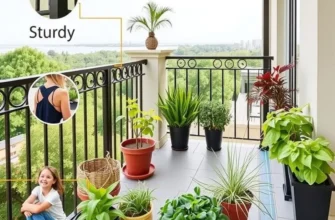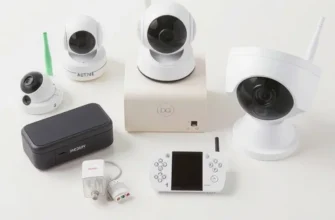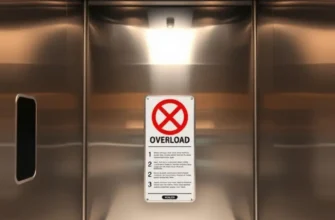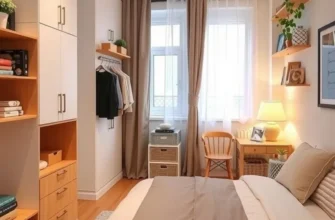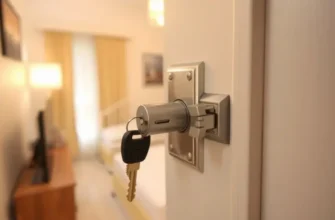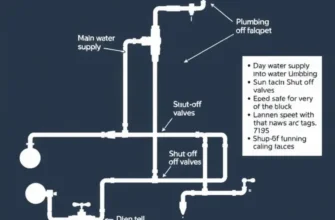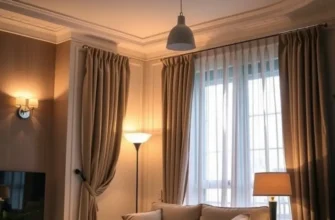Moving into a new apartment can be both exciting and daunting, especially for seniors who prioritize safety and security. As elderly renters, making informed choices about your living space is essential to ensure a hassle-free and secure environment. This article explores various aspects of apartment safety, including essential features to look for and maintenance tips that can enhance your security measures. Whether you are moving into your first apartment or downsizing, taking the proper steps will help you feel at ease in your new surroundings. Emphasizing practical solutions, we aim to equip you with the knowledge and tools needed to create a safe and welcoming space. By understanding the crucial elements of safety, you’ll find that your apartment can be a sanctuary filled with comfort and joy, allowing you to focus on what matters most in this new chapter of your life.
Ten Essential Safety Features to Look for in Your Apartment

When searching for a new apartment as a senior, prioritizing safety features is crucial. Designing a living space with safety in mind can prevent accidents and ensure peace of mind. Here, we discuss ten essential safety features you should consider.
-
Well-lit Pathways: Ensure walkways leading to the apartment are well-lit. This reduces the risk of falls, especially during night-time. Lighting in communal areas like hallways and staircases should also be a priority.
-
Secure Entryways: Look for apartments with secure entry systems. A building with intercom or video doorbell systems allows you to screen visitors without opening the door. This added layer of security can deter unauthorized access.
-
Slip-resistant Flooring: Check if the apartment offers slip-resistant flooring. Hardwood or laminate with a textured surface can prevent slips, whereas polished tiles could be hazardous.
-
Flexible Layouts: Opt for an apartment with a flexible layout to accommodate mobility aids like walkers or wheelchairs. Open floor plans allow for easier navigation, reducing the chance of accidents.
-
Grab Bars: In bathrooms, the presence of grab bars is essential. They provide support and stability, preventing falls in wet areas. If not already installed, confirm that you can add them.
-
Sturdy Handrails: Ensure that staircases have sturdy handrails on both sides. They offer support and balance while navigating the stairs, which is especially important for those with mobility challenges.
-
Emergency Call Systems: Some apartments come equipped with emergency call systems. These systems allow you to alert emergency services or a designated contact in case of a fall or other emergencies.
-
Egress Routes: Familiarize yourself with the apartment’s fire safety protocols and ensure there are clear egress routes. Look for smoke detectors and sprinklers installed in compliance with safety standards.
-
Adjustable Kitchen Counters: Kitchens with adjustable counters can enhance accessibility. This feature allows seniors to cook comfortably and safely without reaching or bending excessively.
-
Pet-friendly Provisions: If you’re a pet owner, ensure the apartment has features that accommodate pets, like secured balconies or yards. This way, both you and your pets can enjoy a safe living environment. For more advice on pet-friendly considerations, consider reading about pet-friendly indoor activities.
Evaluating these safety features during apartment hunts helps you select a residence that aligns with your lifestyle and security needs. Safety in one’s living space is vital, and these considerations provide a framework to guide your decision-making process.
Practical Steps for Ongoing Maintenance and Security

Living in a rental apartment as a senior does not mean you relinquish control over your safety. Simple maintenance habits can greatly enhance your well-being, beginning with regular inspections of essential safety features like smoke detectors. Ensure these devices are functioning optimally by testing them monthly. Most units have a test button; if pressing it doesn’t trigger the alarm, have the batteries replaced promptly. If issues persist, request assistance from your landlord or property manager.
The relationship with your landlord is crucial in managing apartment maintenance. Establish open lines of communication to report necessary repairs. A proactive attitude can expedite responses and might even encourage landlords to conduct more frequent inspections themselves. Keep records of your maintenance requests, and follow up if required repairs are not addressed within a reasonable time.
Routine safety checks also include ensuring locks on doors and windows meet modern security standards. If they are dated, ask for replacements. Reinforcing door frames and adding peepholes can also be powerful deterrents against unwanted entry. In many cases, landlords are willing to invest in these improvements, especially when they contribute to overall property security.
Evaluate lighting conditions both inside and outside your apartment. Adequate lighting reduces the risk of falls and enhances visibility at night. Consider adding motion-sensor lights or rechargeable lamps in key areas, such as entryways and bathrooms, to offer added security without the headache of battery changes.
Community resources can dramatically improve apartment safety for seniors. Many areas offer neighborhood watch programs, where residents work together to monitor safety issues. Joining such an initiative not only enhances security but also fosters a sense of community. It may provide peace of mind knowing that your neighbors have your back.
Exploring available public and private initiatives aimed at senior safety can uncover opportunities for home modifications. These can range from grants for accessibility improvements to programs offering discounted security devices. Furthermore, connecting with local senior centers often reveals workshops or resources specifically designed for making living spaces safer.
Effective safety maintenance does not disregard emergencies. Ensure that emergency numbers are readily accessible and programs like medical alert services are considered. Maintaining a well-stocked emergency supply kit, complete with medical essentials and backup power for key devices, is a proactive step toward preparedness.
By integrating these maintenance strategies into daily routines, seniors can cultivate a safe and reassuring living environment. To further enhance familiarity with safe practices at home, consider exploring apartment-friendly DIY cleaning products that do not compromise safety. Such integrations ensure that peace of mind accompanies every moment spent in your home.
Final words
Creating a safe and secure living environment is paramount, especially for elderly renters. By understanding essential safety features and engaging in routine maintenance, you can greatly enhance your peace of mind in your new apartment. Prioritizing security not only helps you feel more comfortable in your space but also empowers you to live more independently. Remember that the choices you make regarding safety can significantly impact your overall quality of life. Take your time to assess your surroundings, communication with your landlord, and utilize community resources for a secure and enjoyable living experience. Every step taken towards establishing a secure home brings you closer to the comfort and happiness you deserve.


